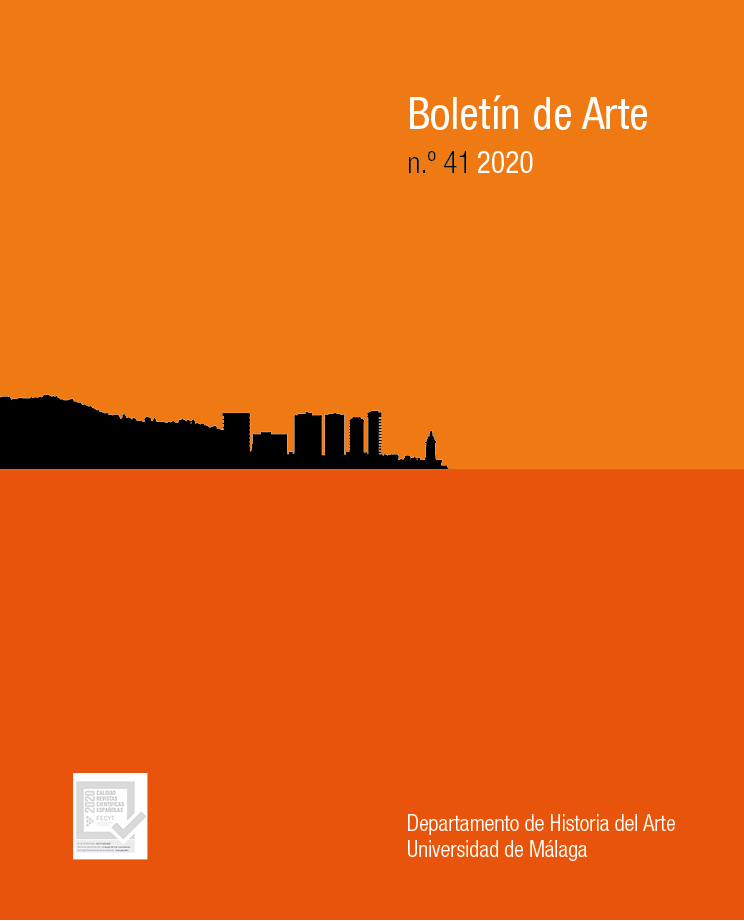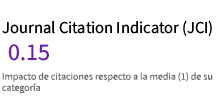Translucent strategies and counter-images: breaking up with hegemonic representation.
DOI:
https://doi.org/10.24310/BoLArte.2020.v41i.10196Keywords:
Visibility, Homosexuality, AIDS, Feminism, Contemporary Art, GenderAbstract
This paper focuses on two strategies used by artists in vulnerable collective to subvert the hegemonic regime of images. Counter-images are representations that go beyond the acceptable in the logic of normativity of the canon, and take a position against it. Translucent strategies, on the other hand, play with visibility and occultation, and create ambiguous images that can infiltrate the regime of representation, and subvert it from the inside. The combination of both can bring a stronger potentiality for disruption. To introduce these strategies we use works by Felix Gonzalez-Torres, Robert Mapplethorpe and collective Señora Polaroiska.
Downloads
Metrics
References
ARAOLAZA, Oier (2018), «El último aurresku. Género, danza y nacionalismo vasco a comienzos del siglo XX», Pasado y Memoria. Revista de Historia Contemporánea, n.º 17, pp. 235-257.
BARCENILLA, Haizea (2016), «Rompe la ventana: Exposición y ocultación en Exhibition 19 de Señora Polaroiska», en PEYRAGA, Pascale, GAUTREAU, Marion, PEÑA ARDID, Carmen y SOJO GIL, Kepa (eds.), La imagen translúcida en los mundos hispánicos, Orbis Tertius, Bruselas, pp. 491-512.
CHAMBERS-LETSON, Josh Takano (2009), «Contracting Justice: The Viral Strategy of Felix Gonzalez-Torres», Criticism, vol. 51, n.º 4, pp. 559-587.
CRIMP, Douglas (2005), Posiciones críticas. Ensayos sobre las políticas de arte y la identidad, Akal, Madrid.
FINELSTEIN, Avram (2013), «The Silence=Death poster». En: https://www.nypl.org/blog/2013/11/22/silence-equals-death-poster (fecha de consulta: 20-8-2020).
KIDD, Dustin (2004), «Sexual Politics in the Defense of Art: Culture Wars, Mapplethorpe, and the Road from Formalism to Identity Politics», Research in Political Sociology, vol. 13, pp. 79-112.
MULVEY, Laura (1975), «Visual Pleasure and Narrative Cinema», Screen, vol. 16, n.º 3, pp. 6-18.
NIXON, Lindsay (2019), «Distorted Love: Mapplethorpe, the Neo/Classical Sculptural Black Nude, and Visual Cultures of Transatlantic Enslavement», Imaginations, vol. 10, n.º 1, pp. 295-324.
PHELAN, Peggy (2003), «Broken Symmetries: Memory, Sight, Love», en JONES, Amelia (ed.), The Feminism and Visual Culture Reader, Routledge, London, pp. 105-115.
RANCIÈRE, Jacques (2006), The Politics of Aesthetics, Continuum, Londres.
SPECTOR, Nancy (1995), Felix Gonzalez-Torres, Guggenheim Museum, Nueva York.
Downloads
Published
How to Cite
Issue
Section
License
Todos los contenidos publicados en la revista Boletín de Arte están sujetos a la licencia Creative Commons Reconocimento-NoComercia-Compartirigual 4.0 cuyo texto completo puede consultar en <http://creativecommons.org/licenses/by-nc-sa/4.0>

Los/as autores/as cuyas contribuciones sean aceptadas para su publicación en esta revista conservarán el derecho no exclusivo de utilizar sus contribuciones con fines académicos, de investigación y educativos, incluyendo el auto-archivo o depósito en repositorios de acceso abierto de cualquier tipo.
La edición electrónica de esta revista esta editada por la Editorial de la Universidad de Málaga (UmaEditorial), siendo necesario citar la procedencia en cualquier reproducción parcial o total.











4.png)
